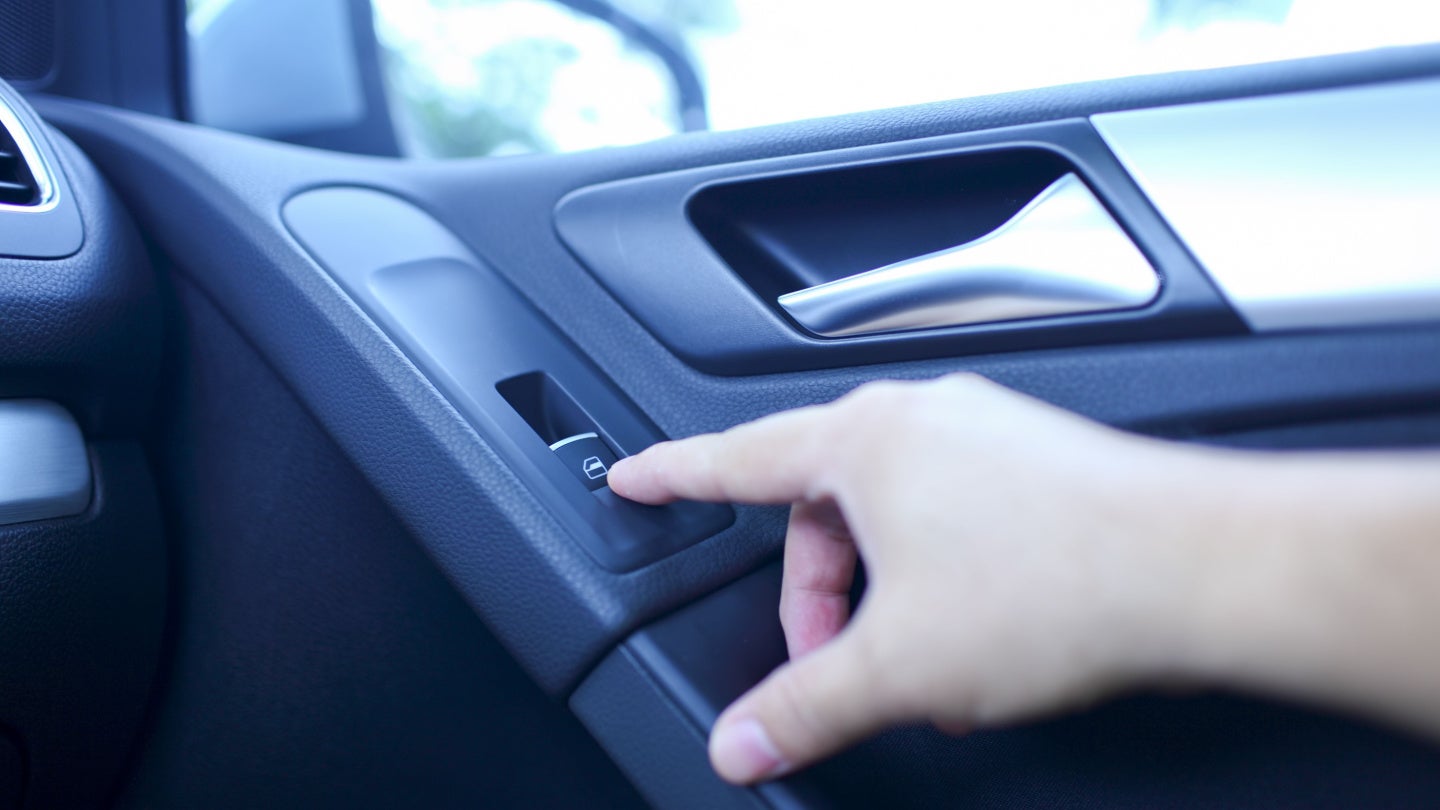
Global heavy manufacturing industries are chasing an elusive trinity: sustainability, performance, and efficiency. Automotive design is, as a result, undergoing a quiet revolution.
Once unremarkable, some car components are being overhauled in the push towards maximum optimization. One example is seals, and the materials from which they are made. Thermoplastics, long used in static sealing applications, are finally ready to supplant traditional rubber in dynamic environments. What once was considered technically out of reach is becoming a reality across a rapidly evolving sector.
What Are Dynamic Seals and Why Do They Matter?
In the automotive world, seals are split into two classes: static and dynamic. To understand the significance of the shift, it’s essential to grasp the difference between static and dynamic seals and the roles they play.
- Static seals (around windows or door frames) stay stationary. These have already seen a near-wholesale conversion from rubber to thermoplastic elastomers (TPEs) in many markets.
- Dynamic seals, on the other hand, are exposed to constant motion, vibration, and pressure changes. Typically placed along the primary and secondary contact points of doors, body frames, and trunks – areas subject to rigorous mechanical stress.
Historically, these have relied on EPDM rubber reinforced with metal carriers. While robust, EPDM is difficult to recycle and contributes significantly to vehicle weight. Thermoplastics now offer a promising alternative that offers advantages of sustainability and efficiency. Uncovering a single-material solution that is increasingly durable under dynamic conditions has therefore become a key goal for engineers. That goal is now within reach.
Performance, Sustainability, and Overcoming Barriers
Thermoplastic dynamic seals outperform their rubber counterparts on multiple fronts. Technically, they match EPDM performance in heat resistance and dynamic durability. But the headline gains lie in sustainability and manufacturability.
Firstly, recyclability is built into the material architecture. Unlike EPDM – notoriously hard to reclaim due to its integration with metal carriers and its cross-linked structure – TPEs can be reground and re-used. TPE seal solutions can be recycled as a single unit, bypassing the need for intricate disassembly.
Secondly, thermoplastics enable significant weight savings. In the EV age, this is no small feat. Every kilogram shaved off a vehicle is a boost for efficiency and range extension which contributes to increased sustainability.
Third, thermoplastic production is markedly more energy efficient. EPDM extrusion lines require long distance heating and cooling cycles; thermoplastic lines are shorter, leaner, and less power-hungry.
Breaking Barriers and Accelerating Adoption
Hurdles remain to a full TPE takeover. A thermoplastic carrier must be both stiff and flexible – rigid enough to mount securely, yet pliant enough to contour to body geometry. Manufacturing these hybrid properties demands precision tooling and specialized extrusion equipment.
Another hurdle lies in forming. New framing technologies are needed to maintain seals’ structural integrity. New offerings on the market, like Mitsubishi Chemical Group’s proprietary TP coating Tefabloc TOSL 071, achieves this, enabling both recyclability and enhanced color customization to match the internal cabin ambiance.
Although technical demands can hamper adoption, stringent sustainability regulations, and the scramble from OEMs for compliant solutions, means momentum is now on thermoplastics’ side. Some of the world’s most renowned manufacturers, such as Jaguar Land Rover have begun integrating them into doors, trunks, and other critical points of contact. For electric vehicles, where every gram and every volt counts, the appeal is clear.
The technology also opens doors to new design frontiers. Thermoplastics allow for integrated coloration and novel finishes without secondary painting processes. In doing so, they enable bespoke interior environments suitable for regional and brand-specific styling nuances.
Widespread adoption will take time, and the displacement of EPDM in dynamic sealing applications by thermoplastics will not happen overnight. But the trajectory is set. New dynamic seal materials are increasingly becoming an industry standard – lighter, greener, and fit for the future. For manufacturers still uncertain of the benefits or concerned about the technological barriers, material engineering trailblazers like Mitsubishi Chemical Group are on hand to help. Fill in your details on this page to learn more.


